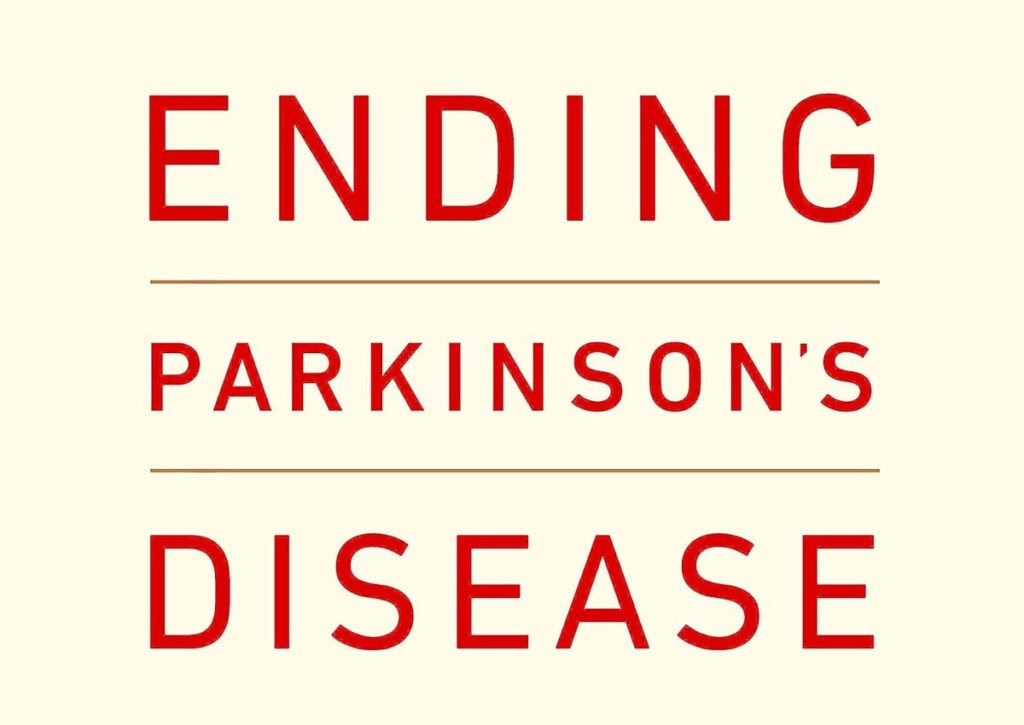“Parkinson’s disease is the fastest growing neurological disorder in the world. We can end it.”
That bold claim is the heartbeat of Ending Parkinson’s Disease, a compelling and urgent 2020 book written by Ray Dorsey, Michael Okun, Bastiaan Bloem, and Todd Sherer who are four of the world’s leading experts on Parkinson’s.
A Message of Empowerment
As an avid reader living with Parkinson’s, I initially avoided books on the topic. A memoir I once read left me so depressed that I swore off books about Parkinson’s altogether. But this one changed everything. Instead of sadness, Ending Parkinson’s Disease left me feeling empowered. It calls on all of us—patients, care partners, policymakers, and healthcare professionals—to mobilize and create real change.
What the Book Covers
The book is organized into three parts:
- History and Urgency
From James Parkinson’s 1817 observations to today’s pandemic-level rise in diagnoses, the book traces the evolution of our understanding. The facts are staggering: between 1990 and 2015, the number of people with Parkinson’s more than doubled, and it’s set to double again by 2040. - Environmental and Genetic Triggers
The authors point to widespread and often preventable environmental risks such as pesticides, solvents, and head trauma as major culprits. Specific chemicals like paraquat, TCE (trichloroethylene), and chlorpyrifos are still in use despite strong links to the disease. Countries like the Netherlands have banned these substances and seen declining Parkinson’s rates as a result. - The PACT: Prevent, Advocate, Care, Treat
This is the authors’ call to arms:- Prevent: Ban harmful chemicals, reduce head injuries, eat well, and exercise.
- Advocate: Push for policy change and increased research funding.
- Care: Expand access to care and build stronger support systems.
- Treat: Improve medication access, innovate with technology, and enroll in clinical trials.
The book closes with a detailed 25-step “Prescription for Action,” each backed by resources and actionable tips.
Changing the Course
The writing is clear, persuasive, and surprisingly hopeful. Drawing parallels to the public health successes of polio and HIV/AIDS, the authors show that when we care, advocate, and act together, we can change the course of a disease.
I was especially struck by this quote:
“When there are other, less toxic options, we have no excuse for using chemicals that make us sick. We can no longer claim ignorance.”
Why You Should Read It
If you care about public health, environmental safety, or someone with Parkinson’s, read this book. If you’re newly diagnosed and feel helpless, read this book. If you’re ready to advocate for change, this book is your toolkit.
It’s not just a book. It’s a call to collective action.
Take Action
- Learn more: endingpd.org
- See the authors’ new release: pdplan.org
- Join the conversation: Have you read the book? What are your thoughts on the authors’ “PACT” approach? Leave a comment on Resolve Parkinson’s Facebook feed.


